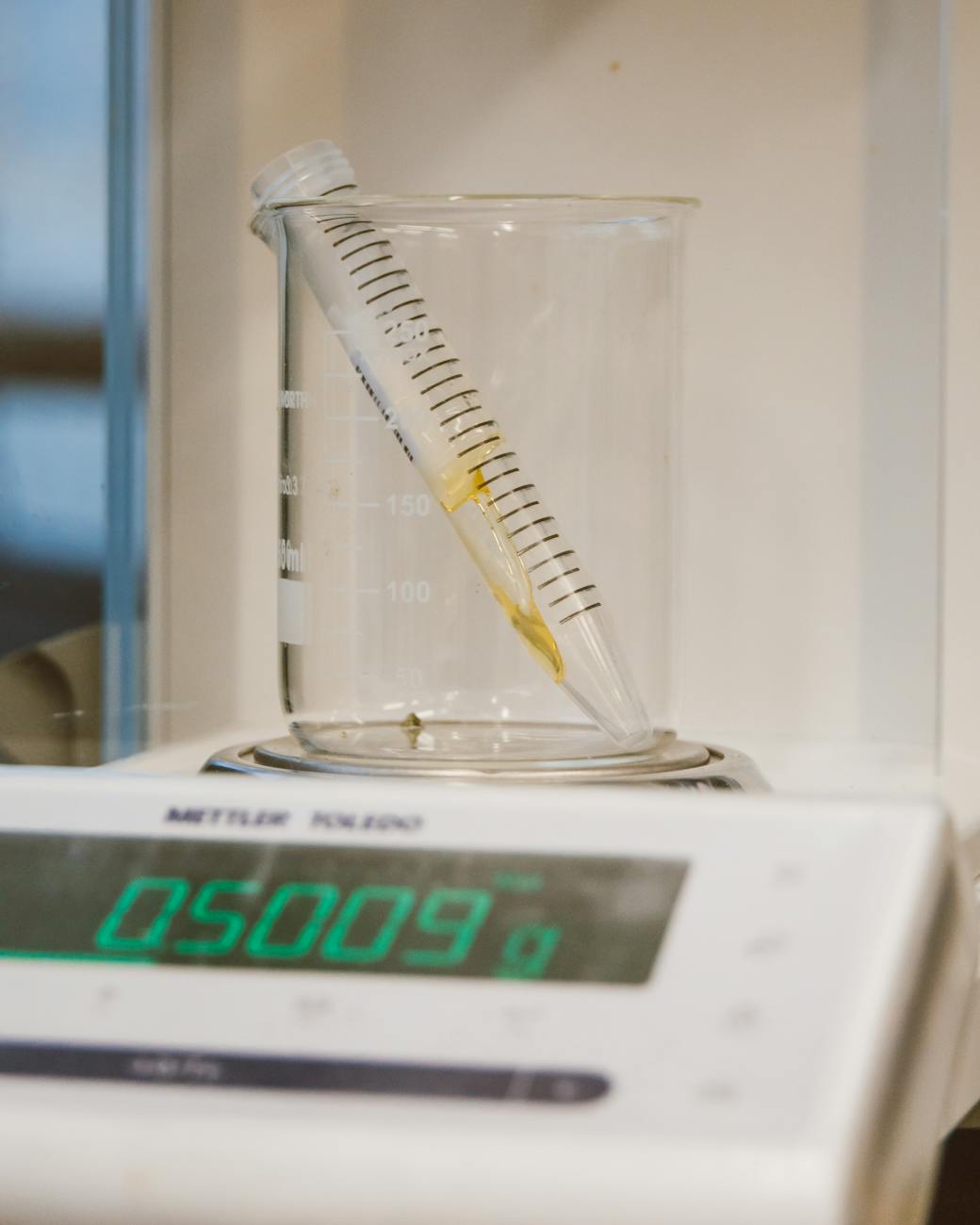Understanding Cooking Measurements
Getting the right measurements in cooking is like the difference between a hit and a miss in the kitchen. Whether you’re following grandma’s secret recipe or trying out your Instagram chef’s latest dish, nailing those measurements ensures that your culinary masterpieces don’t go bust.
Understanding why this matters is key if you want your cooking to shine every single time. Even a pinch too much salt or a tad less sugar can throw your taste buds for a loop and ruin that perfect texture. By getting a handle on measurements, you’re setting the stage to whip up mouth-watering meals like a pro every time you step behind that stove.
If you’re in the cooking game of converting liquids from cups to grams, don’t just wing it. Learn the common conversion rules and maybe pick up a tip or two on accurate conversions. Digging a bit into the measurement world can boost your kitchen confidence and really make cooking a whole lot more fun.
Converting Cups to Grams for Liquids
Cooking isn’t just about mixing ingredients; it’s an art that needs some serious number crunching as well. Using the wrong measurements can turn your masterpiece into a disaster pretty fast. A common challenge is switching from cups, which everyone and their grandma uses, to grams, like those fancy recipe books. Here’s the lowdown on getting your liquid ingredients spot on with their gram counterparts.
Standard Conversion for Liquid Ingredients
Before you get too far, remember that the density of what you’re measuring matters a lot. Liquids don’t all weigh the same. Below, we’ve got a handy dandy chart with some liquid heavyweights (pun intended):
| Liquid Ingredient | 1 Cup (US) | Grams |
|---|---|---|
| Water | 1 cup | 240 grams |
| Milk | 1 cup | 240 grams |
| Veggie Oil | 1 cup | 224 grams |
| Honey | 1 cup | 336 grams |
| Maple Syrup | 1 cup | 322 grams |
Just a heads up: different types of liquids might throw you a curveball with their weights. Weighing it on a trusty kitchen scale can save you a whole lot of guesswork. Need more? Check out our full scoop on how many grams in a cup.
Tips for Precise Measurement Conversion
Want to nail those conversions every time? Here’s a few tips to make sure those grams are spot on:
-
Use a Measuring Cup: Dust off a measuring cup that’s not older than you are. It’ll help keep those liquids behaving themselves.
-
Level It Out: You wouldn’t want to guesstimate and end up with a cup of disaster. Make sure your liquids are nice and even by scraping that excess off the top.
-
Mind the Temp: Liquids have a mind of their own when it’s cold or hot. Room temperature is where they’re least sneaky in terms of weight.
-
Get Yourself a Kitchen Scale: If you really want to play it safe, scale those liquids directly into grams. No more crossing fingers and hoping for the best.
Get these down pat and you’ll be the culinary king or queen in any kitchen. No matter if you’re whipping up some creamy sauce, a sweet treat, or a wicked smoothie, getting your measurements just right means you’re halfway to a plate-licking success.





